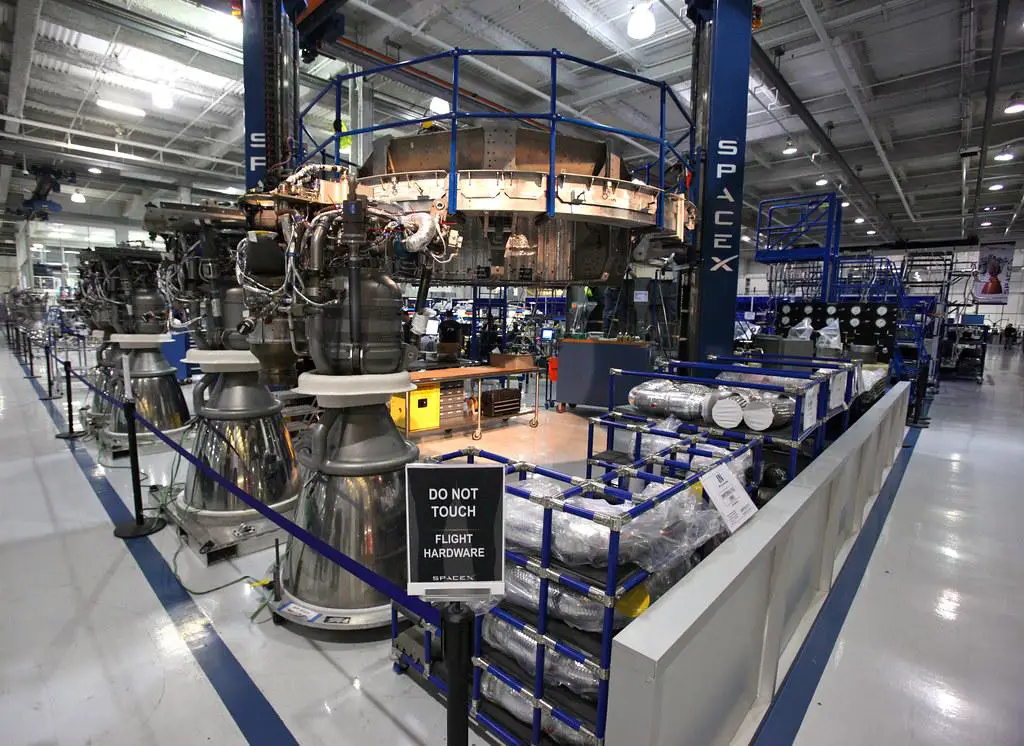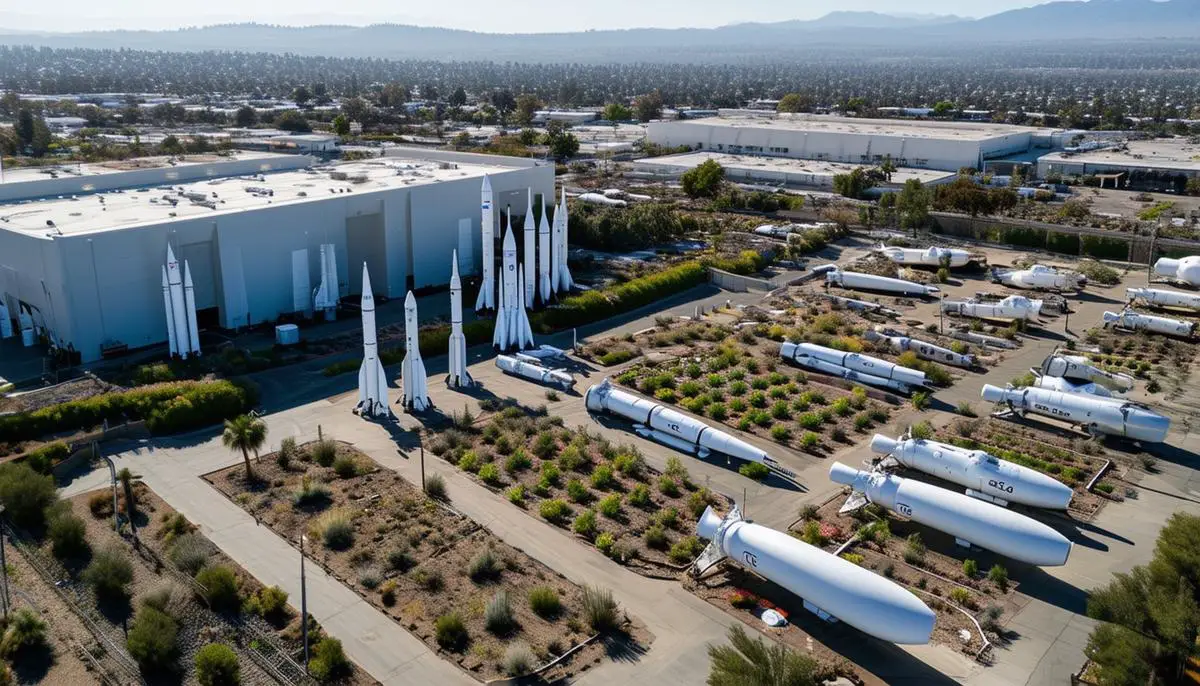Ownership and Key Stakeholders
Elon Musk holds a commanding presence at SpaceX, with his 54% equity stake and 78% voting rights. This control allows him to steer the company's direction, shaping its future with his vision. Musk's leadership has led to significant milestones, including reusable rockets and plans for Mars colonization.
Among the key stakeholders, Alphabet stands out with its 7.5% stake. This partnership has been mutually beneficial, leveraging Alphabet's technological prowess and SpaceX's innovative approach to space travel. Alphabet's influence extends into Starlink, with its internet services aligning with Google's global connectivity goals.
Other notable stakeholders include:
- Sequoia Capital: Consistently backing SpaceX, bringing capital, industry connections, and business acumen.
- Valor Equity Partners: Holding a significant stake, having invested early and consistently in SpaceX's growth phases.
- Baillie Gifford: Known for its long-term investment approach, aligning with SpaceX's visionary goals.
- Fidelity: Providing a strong financial backbone, facilitating various funding rounds.
This combination of stakeholders creates a consortium dedicated to pushing the boundaries of aerospace technology. Each investor brings unique strengths that help SpaceX achieve its strategic objectives.
Funding Rounds and Valuation
Since its founding in 2002, SpaceX has undergone an impressive series of funding rounds, raising $7.2 billion in equity funding. These financial inflows have been vital in transforming SpaceX into one of the world's most valuable private companies, with a valuation around $150 billion.
Key funding milestones include:
- 2008: $20 million from Founders Fund, crucial after Falcon 1 rocket's maiden flight success.
- 2015: $1 billion joint investment from Fidelity Investments and Google, acquiring 10.2% and 7.5% stakes respectively.
- 2020: $1.9 billion raised in a single round, contributing to a $46 billion valuation.
- Early 2022: Series F funding round, raising $1.72 billion with an $8.45 billion post-money valuation.
By mid-2024, SpaceX's valuation reached approximately $150 billion, underscoring the market's belief in its transformative impact on space exploration and satellite internet services. Through these various funding rounds, SpaceX has effectively financed its ambitious projects, demonstrating an unprecedented trajectory in the aerospace industry.1
Investor Gains and IPO Prospects
For current investors, the gains realized from backing SpaceX have been substantial. Key backers like Founders Fund, Fidelity Investments, and Baillie Gifford have seen their investments grow alongside SpaceX's significant advancements and escalating valuations.
The closed private status of SpaceX has enabled it to operate with a high degree of autonomy, driven by its long-term vision rather than quarterly earnings pressures typical of public companies. This has facilitated focus on ambitious projects like the Starship, the Falcon Heavy, and the expansive Starlink constellation.
"Although as of mid-2024, SpaceX has no imminent plans to go public, there is market interest in a potential future spin-off of Starlink, given its growing global broadband service and its increasing role in SpaceX's revenue model."
An IPO would provide substantial liquidity opportunities for current investors and allow them to realize significant returns on their early investments. The increased capital from publicly traded shares could further fuel SpaceX's Mars colonization efforts and Starlink's satellite network expansion.
However, transitioning to a public entity introduces risks, including:
- Intense scrutiny from regulatory bodies, shareholders, and market analysts
- Pressure contrasting with SpaceX's current operational freedom
- Resources required for compliance adherence and financial disclosures
Despite these challenges, market dynamics point to a strong appetite for SpaceX's potential public market debut. However, the introduction of numerous new stakeholders could impact SpaceX's strategic direction and innovative pace. The interplay between remaining private and potential public offerings keeps stakeholders and market observers attentive to SpaceX's next moves.
Vertical Integration vs. Partner Dependence
SpaceX's comprehensive control over its components and capabilities has fueled its rapid expansion and dominance in the aerospace industry. The company's vertical integration strategy has allowed it to maintain stringent control over many aspects of production, from designing and manufacturing reusable rockets to launching its own Starlink satellites.
Benefits of SpaceX's vertical integration include:
- Efficiency and cost savings
- Reduced time and expense associated with external supply chain dependencies
- Ability to innovate quickly
One of SpaceX's significant achievements, the Falcon 9 reusable rocket, exemplifies the benefits of vertical integration. By bringing crucial manufacturing processes in-house, SpaceX has managed to cut down costs and streamline operations, enabling frequent, reliable launches.
In contrast, Redwire Space's CEO, Peter Cannito, presents a case for vertical disintegration, especially in the context of the current economic climate, marked by higher interest rates and tighter capital availability. Cannito argues that leveraging supply chain partners can be more advantageous than pursuing full vertical integration.
| Vertical Integration (SpaceX) | Partner Dependence (Redwire Space) |
|---|---|
| Full control over production | Flexibility to adapt to market changes |
| Higher upfront costs | Lower capital requirements |
| Faster innovation cycles | Access to specialized components |
Both approaches have distinct advantages and potential pitfalls. SpaceX's vertical integration has resulted in significant achievements and market leadership. Yet, Redwire's approach underscores the importance of strategic flexibility and financial prudence in an increasingly complex and competitive aerospace sector.
The choice between vertical integration and supply chain dependence is multifaceted, contingent on a company's strategic goals, financial health, and market conditions. As these companies continue their pioneering journeys, their strategies will likely shape the industry's direction in the years to come.2

- Sheetz M. SpaceX raises $1.7 billion in new funding, valuing the company at $140 billion. CNBC. 2022.
- Foust J. SpaceX and vertical integration in the launch industry. Space News. 2021.
![]()
